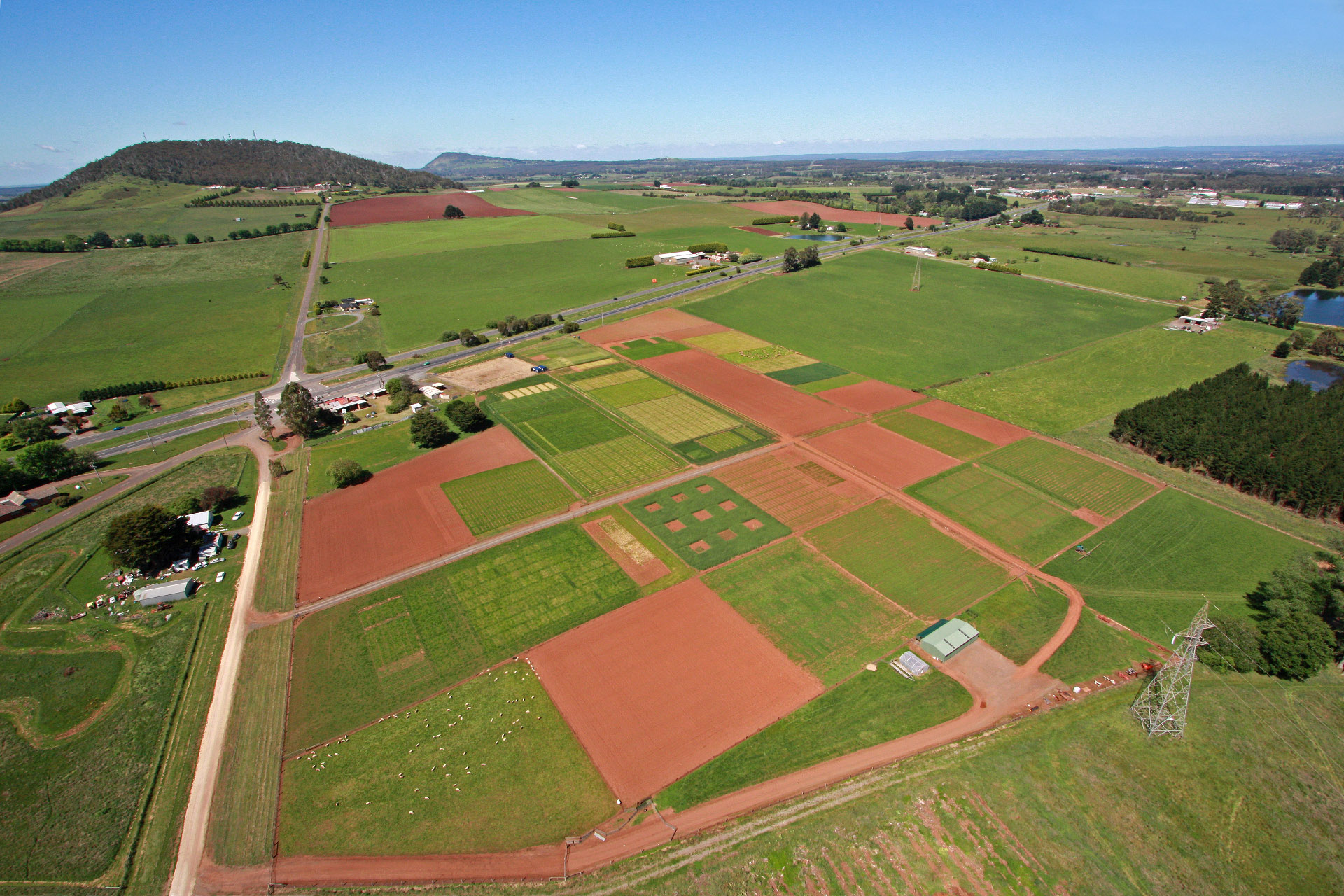Why Renew Pasture?
Selecting a new pasture cultivar is a powerful management tool for improving production and profit from a farm. Choosing the most suitable cultivars together with good preparation, establishment and management, can provide dramatic increases in farm production over unimproved pastures or poorly selected cultivars.
There are many benefits of sowing new pastures, some of which are detailed below:
Pastures decline over time
It is important to remember that pastures deteriorate over time, and that this is a natural process and therefore cannot be avoided. This decline is caused by a combination of uncontrollable factors such as treading, pugging damage, insects, disease, drought and weed infestation. As such pasture renewal is important to maintain farm productivity.
How much new grass should be sown?
The amount of pasture renewal undertaken on farms each year varies widely, with the annual rate of pasture renewal ranging between 0–20% of a property’s total land area. To work out how much of the farm to renew each year, consider how long it takes for the pasture to drop to a level in which its performance is less than desired. While this will vary for the different paddocks and species used, if this averages out to every 8 years, then this equates to renewing 12.5% of the farm annually. Pastures older than 10 years could be 10-30% lower in dry matter production and will not contain the latest endophytes. Leading farmers are replacing pastures every 7-10 years to maintain their production at a satisfactory level.

